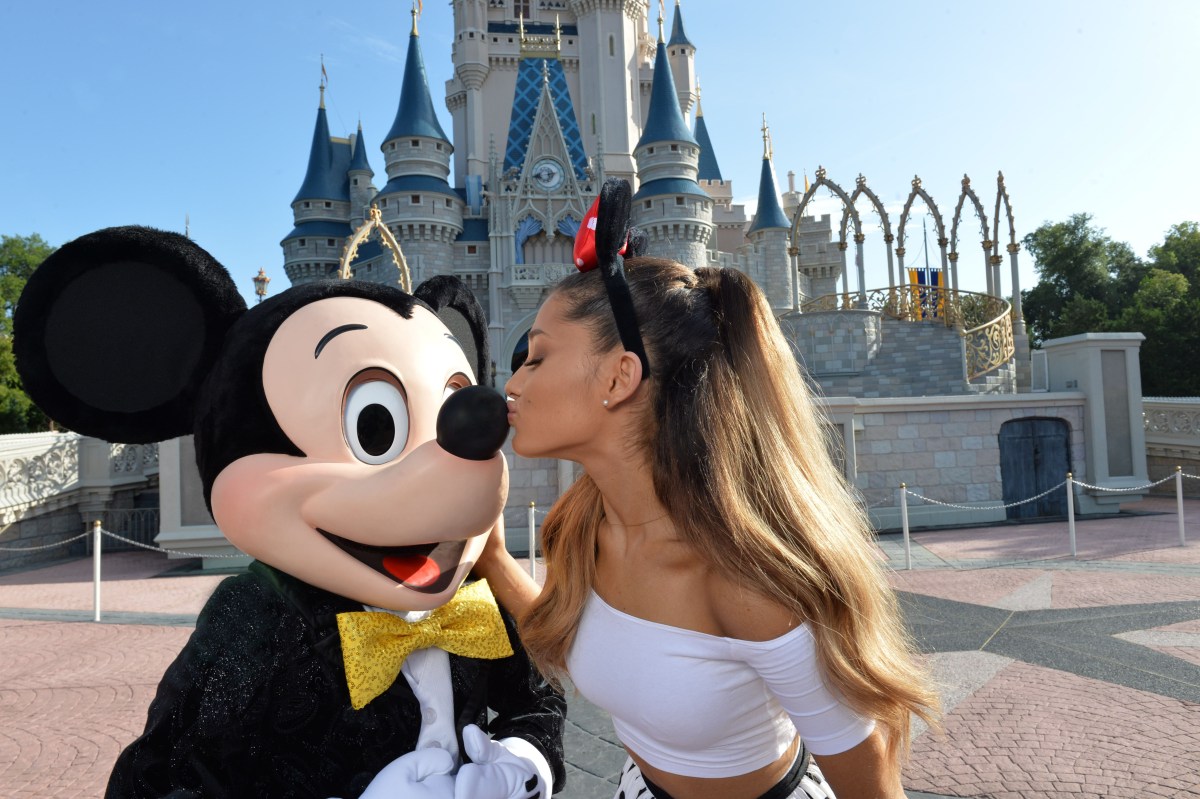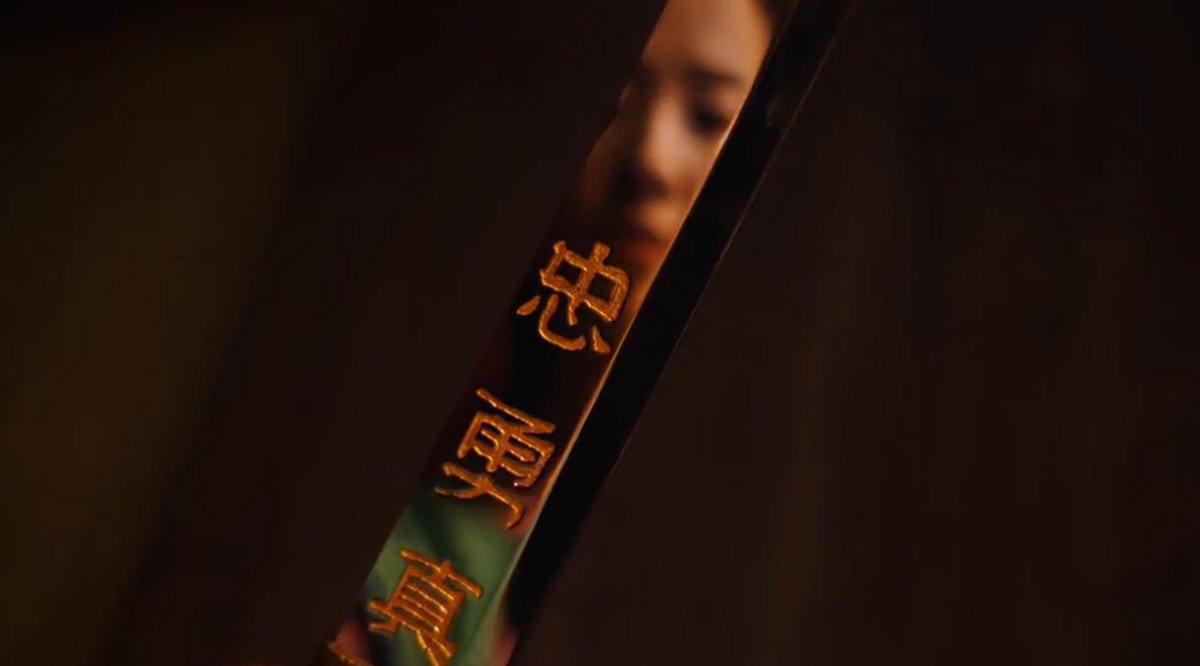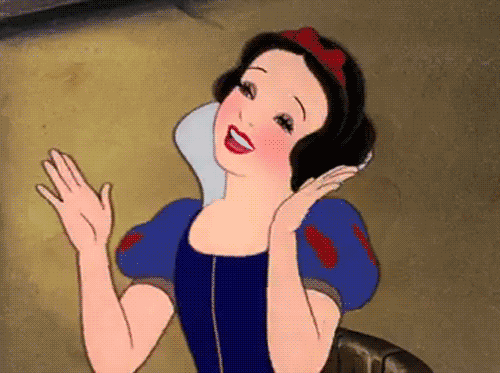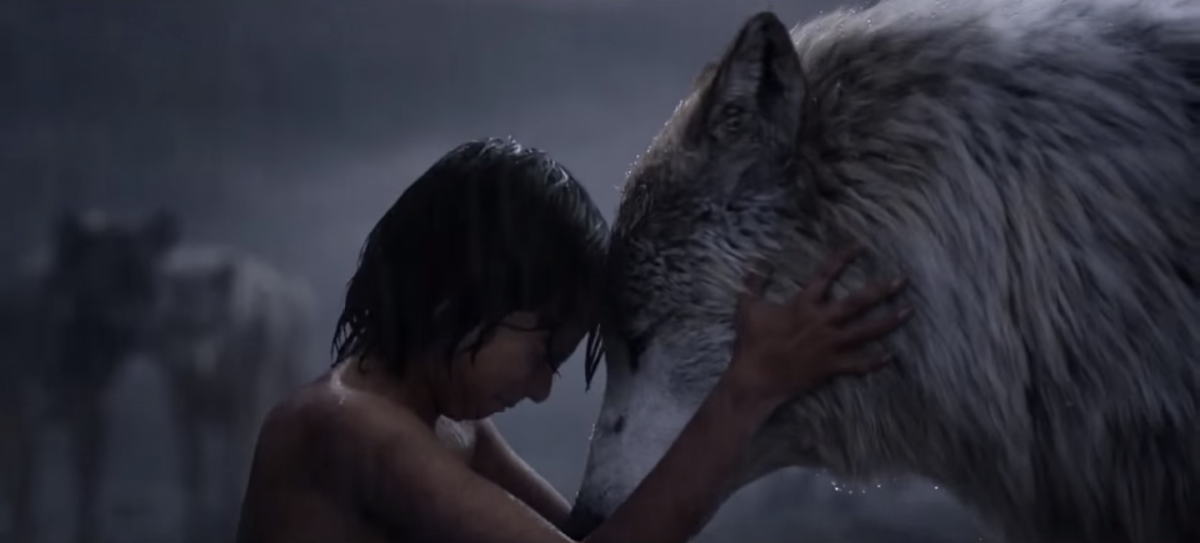One of the most uniting things on the Internet is making fun of Disney live-action remakes of animated films, and for good reason. From shot-for-shot remakes to baffling changes, it seems there’s very little these remakes do right.
But is it possible to make a good live-action remake of an animated classic? Or is it a dream that will never come true?
How to do it right:
A lot of the more successful forms of the remake is the “reimagining” of the original movies. These movies tend to put a twist on the original tale. Maleficent and Cruella tell the familiar story from the antagonist’s perspective, adding in “moral complexity” (or what qualifies for it in a Disney film) and challenging the story you think you know. Alice in Wonderland turns the story into a High Fantasy epic, complete with prophecies and magic armor. The Jungle Book is likely the best of these reimaginings (maintaining a 94% on Rotten Tomatoes, which is 6% higher than the original animated movie), with Mowgli actively fighting Shere-Khan rather than stumbling into success and relying on all of the animals to protect him.
That feels like step one in making a successful remake: ensuring the characters have agency—that they aren’t just being dragged from one predetermined plot point to the next, but making decisions that affect the outcome of the story. Alice chooses to rescue the Mad Hatter rather than go to the safety of the White Queen’s realm. Estella chooses to fake her own death and return as only Cruella. Mowgli chooses to stay in the jungle that has been his home for his whole life.
Other movies choose to highlight parts that were less developed in the originals. While Cinderella (2015) still suffers from the 3-day-marriage, audiences buy that Kit and Ella are suited for each other because we *gasp* actually see them talk on multiple occasions and challenge each other’s ideas of how the world should be. It helps that Kit organizes the ball specifically in order to see Ella again and immediately recognizes her, despite the makeover and fairy magic.
All of these at least add something to the stories we’ve seen before.
Carbon copies

I think it’s also important to examine why the Carbon Copy movies are so successful despite being often maligned. Many of the reimaginings are not necessarily as successful as the carbon copy remakes (the most commercially successful remakes have been carbon copies like Lion King 201 and Beauty and the Beast 2017).
So why do audiences keep turning up for more of these same stories while also raging against them? There can be a multitude of reasons for this, but here’s some I’ve generated.
Families:
These are easy movies for families to take their kids to see. Since a lot of the adults now having kids are people who were children during the Disney Renaissance, it’s easy to understand why they would want to introduce their kids to these stories in an easy way. However, I have asked a couple of my friends with kids about the Disney remakes vs. originals, and they indicate that they’ll be showing their children the original cartoons first and the remakes second (if at all). In any case, it makes sense that Disney would use these as an attempt to refresh the marketing for some of these movies toward the young kids who are seeing these characters for the first time. (The 2015 Cinderella cemented her dress color as blue rather than silver.)
Nostalgia vs. insecurity:

Despite animation being a medium and not a genre, many still consider it to be “for kids.” At the same time, people want to revisit the stories of their childhood while not wanting to look childish. The Disney remakes allow people to do both.
Brand recognition:
Much like audiences will turn out to see the newest Batman movie because they love the character, people just want to see the characters we love again. Of course, that leaves the question of how much these movies’ success is thanks to name brand recognition. Did Aladdin make a lot of money because it was a good movie or because it featured a recognizable celebrity playing one of the most beloved Disney characters from the ’90s?
Creative indecisiveness:

It doesn’t help that a lot of these movies suffer from an identity crisis where they want to be something new or play it safe by riding on the coattails of the original animated movies. This is partially from studio demands but also from audiences. The Lion King (2019) was already basically a shot-for-shot remake, yet when fans heard they were cutting “Be Prepared” from the film, audiences revolted, and thus, we got a sad little snippet of the song forced into the movie. Mulan (2020) suffered from this greatly, with a lot of scenes and plot points from the original movie (the matchmaker, the avalanche, Mulan’s identity being revealed before the third act) being dropped into the story with minimal regard for whether they made sense in this new version of the story.
Where does that leave us?
Unfortunately, there is no magic wand to make a Disney live-action remake good any more than there is a special formula to make any movie good.
Even worse, Disney may well have cracked the code for playing the algorithms: If people like the new Pinocchio movie, great! More carbon copy remakes all around and more revenue from an older part of the Disney brand! If they don’t, then it encourages people to rewatch the original cartoon or gets people hate watching. Hate watching is how we’ve ended up with Morbius being in the top 10 movies on Netflix.
What can we do to fight this?
Well, we could stop supporting the shot-for-shot remakes. I want to support Halle Bailey in the new Little Mermaid film, but the little we’ve seen does seem to lean toward a shot-for-shot remake (also the photorealism makes me terribly concerned for how Sebastian and Flounder are going to be translated into the world).
At the very least, do not hate watch them or support the poor quality ones. And maybe, someday, a good remake will come.

Also, for anyone interested, here are the Rotten Tomatoes scores for all of Disney’s animated movies (left) vs. their live-action remakes (right):
- 101 Dalmatians: 98% vs. 41%
- Alice in Wonderland: 84% vs. 51%
- Sleeping Beauty/Maleficent: 89% vs. 53%
- Cinderella: 97% vs. 83%
- Jungle Book: 88% vs. 94%
- Pete’s Dragon: 56% vs. 88%
- Beauty and the Beast: 94% vs .71%
- Winnie the Pooh/Christopher Robin: 100% vs. 72%
- Dumbo: 98% vs. 45%
- Aladdin: 95% vs. 57%
- Lion King: 93% vs. 52%
- Lady and the Tramp: 93% vs. 65%
- Mulan: 85% vs. 73%
- Cruella/101 Dalmations: 98% vs. 74%
- Pinocchio: 100% vs. 28%










Published: Sep 14, 2022 06:15 pm